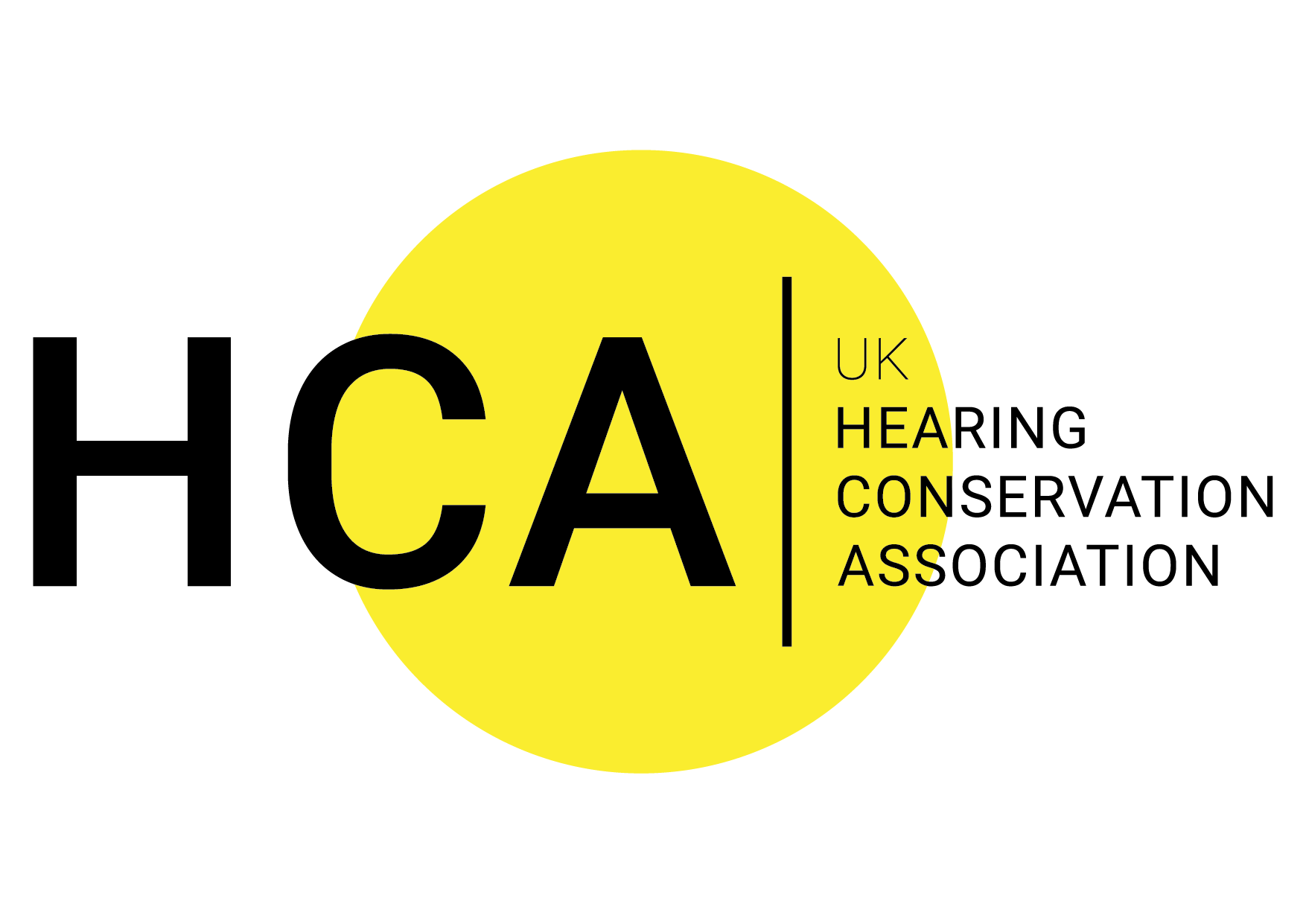Do you find the cinema intolerably loud? Stick fingers in your ears when a train screeches to a stop? Enraged when a toddler hammers the hardwood floors with a toy? Does being at a loud party or restaurant stress you out? Do you find sweet relief in wearing earplugs or escaping to a quiet place?
Hyperacusis?
Many people have reduced tolerance to everyday sounds that are not usually harmful to our hearing. This oversensitivity to sound is a disorder called hyperacusis, sometimes referred to as Decreased Sound Tolerance (DST). Up to 15% of people may have reduced sound tolerance, although the numbers vary widely in the scientific literature.
The most commonly reported sounds that trigger negative emotional responses such as annoyance, pain or fear are:
- Low frequency sounds such as drilling machines, traffic noise, and dogs barking
- High frequency sounds like as dishes rattling, crying children, applause, dentists drill, metal shopping carts, pots, and pans clanking
- Broadband sounds such as from a TV or speech, alarms and kitchen machines
- Sudden sounds like hammering, a car horn or a door slamming
Although it is often linked with hearing loss and tinnitus (ringing in the ear), it is not a precondition. Severe cases of reduced sound tolerance can be very debilitating and result in a poor quality of life. The reduced sound tolerance can be seen as a threshold shift. What the average person considers normal sound levels can be screamingly loud to someone with reduced sound tolerance. Most people have a hearing threshold of pain from 120dB, which is a bit louder than a rock concert or a jackhammer. Below that, we can find a loudness discomfort level, normally around 100dB, which is about the noise level when riding a motorcycle. It is typical for those suffering from reduced sound tolerance to have a loudness discomfort level below 80dB, the level of someone shouting. In practice, this 20dB difference is equivalent to 4 times the perceived loudness!
Earplugs must help, right?
Many sufferers end up wearing double hearing protection in the form of earplugs and earmuffs. Unfortunately, isolating or shielding yourself from sound actually makes the condition worse. Studies have found that overuse of hearing protection may actually cause reduced sound tolerance, in addition to worsening an existing condition. Overprotection happens when the worn hearing protection is too isolating, and this contributes to the symptoms getting worse. It becomes a vicious circle where you unknowingly train your ear and brain to become more sensitive and alert to sounds that in reality are not damaging to your hearing. As it progresses, the threshold is lowered, and more sounds become unbearable.
How is it treated?
In Norway, reduced sound tolerance is treated by audio therapists, which are covered by the National Health Service. Treatment is usually based on counselling, sound training, and cognitive therapy, sometimes combined with physical aids like broadband noise generators. The good news is that treatment has a high success rate and most patients are cured or have greatly reduced symptoms and better quality of life.
A key insight in treatment is the realization that normal sound levels are not immediately harmful, and the treatment aims to retrain and re-calibrating the connection between the ear and the brain. However, this process usually takes months, and many people have at this point become dependent on their earplugs and stopping to use earplugs “cold turkey” can be very difficult and painful. Conventional earplugs are especially problematic because they reduce so much of the sounds in the higher frequency range. This is usually the area where those with reduced sound tolerance have the biggest problems.
Clinical Audio Therapists in Oslo and the Netherlands have been testing a new type of stepless variable earplugs with patients over the last 6 months in the habituation phase. Although the end goal is to avoid earplugs when exposed to safe sound levels, having adjustable earplugs enable the patients to gradually wean themselves off wearing hearing protection is proving very beneficial. Used correctly together with an audio therapist, recovering from the condition is less painful. The aim is to use the right hearing protection in situations where it is actually needed to protect your ears.
Reference: “Hyperacusis and Disorders of Sound Intolerance: Clinical and Research Perspectives” by Marc Fagelson (Author), David M. Baguley (Author)
Author: Tom Trones, Chief Product Officer
Minuendo | Lossless earplugs
www.minuendo.com


Recent Comments